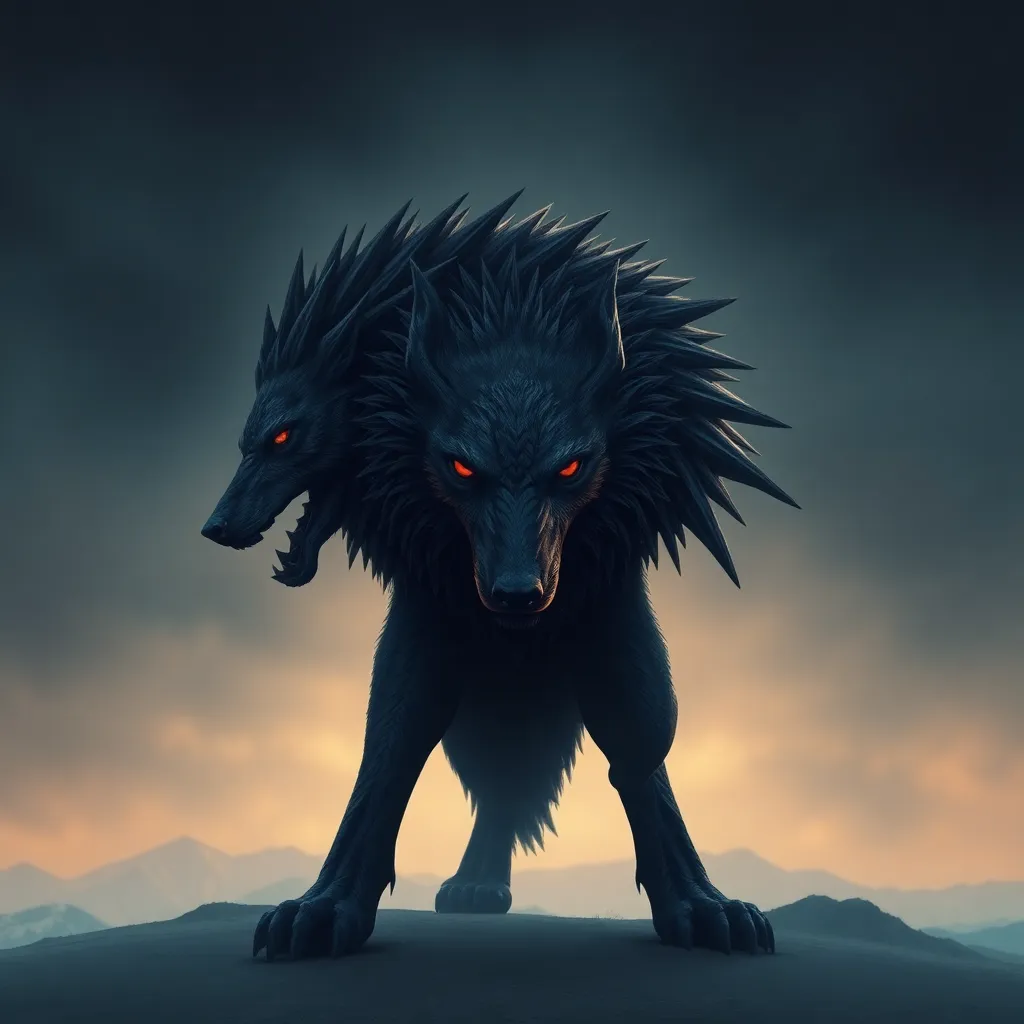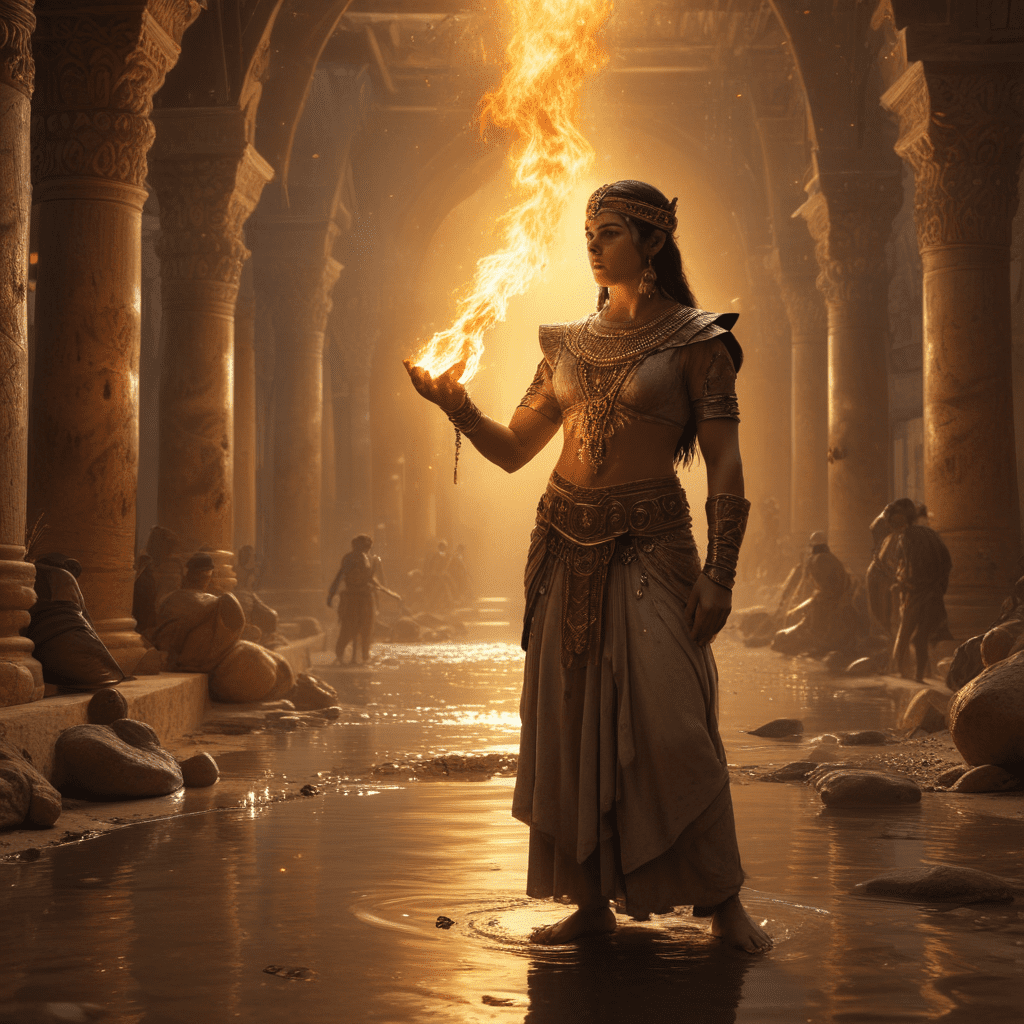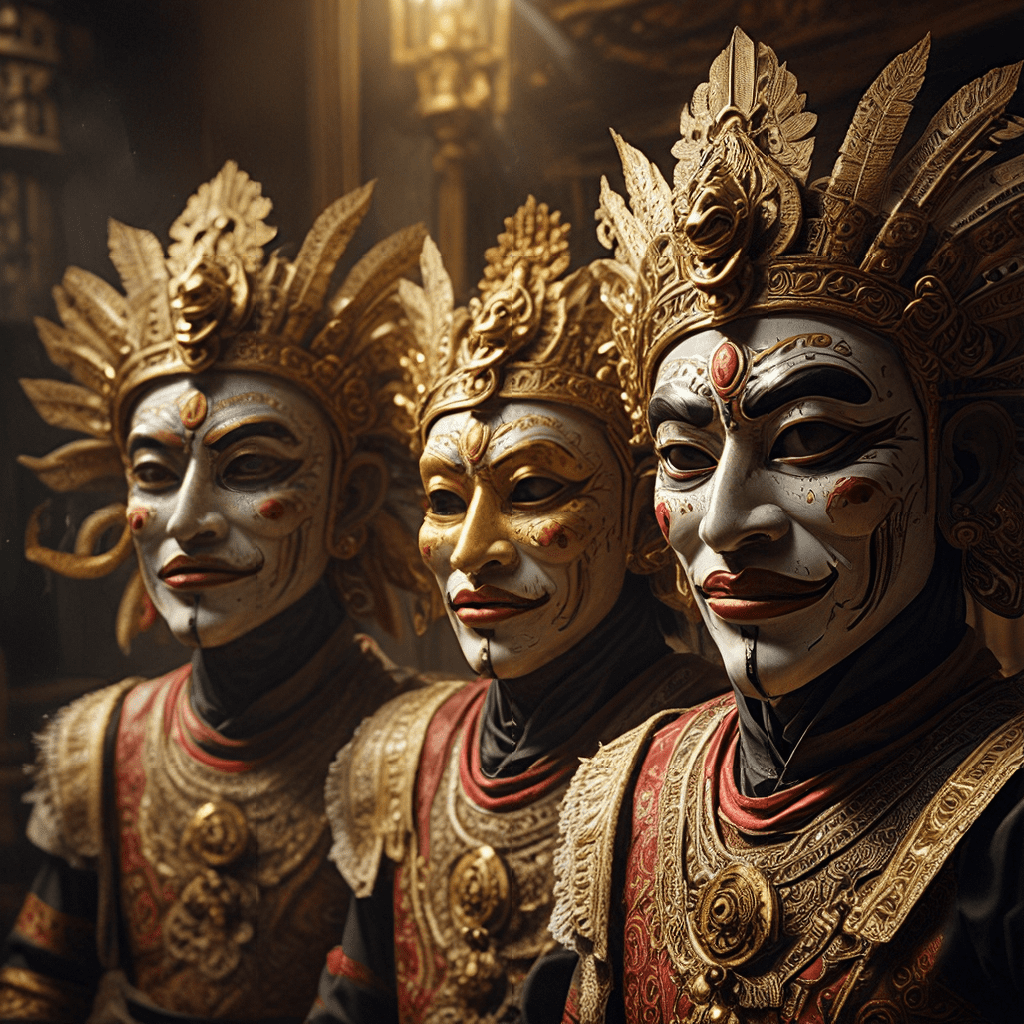Fenrir in Norse Rituals: The Wolf’s Symbolism in Ancient Pagan Practices
I. Introduction
Fenrir, the monstrous wolf of Norse mythology, occupies a significant place in the pantheon of gods and creatures that populate the ancient Norse belief system. As a figure of immense power and complexity, Fenrir embodies themes of chaos, fate, and the natural world. The symbolism associated with Fenrir and wolves in general was deeply integrated into various pagan rituals, serving to connect practitioners with the primal forces of nature and the metaphysical world.
This article aims to explore Fenrir’s role in Norse rituals, delving into the cultural and symbolic significance of this fearsome wolf, and examining how ancient practices utilized his mythology to convey deeper spiritual truths and communal values.
II. The Mythological Background of Fenrir
A. Origins and lineage of Fenrir
Fenrir is the offspring of the trickster god Loki and the giantess Angerboda. He is part of a lineage that includes the serpent Jörmungandr and the goddess Hel, each embodying different aspects of chaos and death. From his birth, Fenrir was destined for a tumultuous existence, feared by the gods who sought to contain him.
B. Fenrir’s role in the pantheon of Norse gods
Within the Norse pantheon, Fenrir is seen as a formidable adversary to the gods, particularly Odin. His eventual role in Ragnarök, the apocalyptic battle between the gods and their enemies, highlights his significance as an agent of chaos and destruction. The prophecy foretold that Fenrir would break free from his bindings and consume Odin during the final battle, marking a turning point in the cosmic struggle between order and chaos.
C. Key myths involving Fenrir, including his prophecy and fate
Several key myths surround Fenrir, including his binding by the gods using the magical fetter Gleipnir. This act was done out of fear for what he would unleash upon the world. Despite their efforts, the prophecy of his freedom and the destruction he would bring looms over the gods, making Fenrir a symbol of inevitable fate and destiny.
III. The Symbolism of the Wolf in Norse Culture
A. Wolves as powerful symbols in Norse mythology
Wolves were revered and feared in Norse culture, often associated with powerful concepts such as loyalty, bravery, and ferocity. They were seen as protectors of the wild and embodiments of the untamed aspects of nature.
B. Associations of wolves with war, death, and transformation
In Norse lore, wolves were often linked to warriors and the afterlife. The Valkyries, female figures who chose those who may die and those who may live in battles, were said to ride with wolves, reinforcing the connection between these creatures and the themes of war and death.
C. Fenrir as a representation of chaos and natural forces
Fenrir symbolizes the chaos inherent in nature, a reminder of the destructive powers that exist alongside creation. His very existence challenges the order established by the gods, making him a potent symbol of the natural world’s unpredictability.
IV. Fenrir in Norse Rituals
A. Description of rituals that included Fenrir or wolf symbolism
Various rituals in Norse paganism incorporated wolf symbolism, often as a means of invoking strength and protection. Offerings and sacrifices were made to honor Fenrir, seeking his favor in battles or during significant life events.
B. Variations in rituals across different Norse communities
Rituals involving Fenrir varied significantly across different regions and tribes. Some communities emphasized the protective aspects of wolf symbolism, while others focused on the more chaotic and destructive elements, reflecting their unique cultural contexts and environmental challenges.
C. Purpose of these rituals: protection, divination, and honoring deities
- Protection: Rituals often aimed at invoking Fenrir’s strength to protect against enemies or natural disasters.
- Divination: Wolves were seen as guides to the spiritual realm, offering insights into the future and the unseen.
- Honoring deities: Fenrir was included in worship practices that acknowledged the interconnectedness of all beings in the cosmos.
V. Fenrir and the Concept of Fate (Wyrd)
A. Understanding Wyrd in Norse belief systems
Wyrd, a fundamental concept in Norse mythology, refers to fate or destiny. It is often depicted as a web woven by the Norns, the three female beings who control the fate of gods and humans alike. Fenrir’s existence and prophecy are deeply intertwined with this concept, illustrating the inescapable nature of fate.
B. Fenrir’s connection to the themes of inevitability and destiny
Fenrir embodies the inevitability of fate; despite the gods’ efforts to prevent his prophesied destruction, the outcome is ultimately unavoidable. This theme resonates deeply within Norse culture, emphasizing acceptance of destiny as a part of life.
C. Rituals emphasizing acceptance of fate through Fenrir’s symbolism
Rituals that honored Fenrir often included elements of acceptance of one’s fate. Through these practices, practitioners sought to align themselves with the natural order of the universe, acknowledging the forces that shape their lives.
VI. The Role of Fenrir in Modern Paganism
A. Reinterpretation of Fenrir in contemporary Norse pagan practices
In contemporary Norse paganism, Fenrir has been reinterpreted as a figure of empowerment. Modern practitioners often view him as a symbol of resilience, strength, and the necessity of confronting one’s own fears and challenges.
B. The resurgence of interest in wolf symbolism among modern practitioners
The wolf has become a popular symbol in modern spiritual practices, representing loyalty, community, and the wild spirit of nature. Fenrir, in particular, resonates with those seeking to reclaim personal power and confront societal norms.
C. Fenrir as a figure of empowerment and resilience
For many, Fenrir serves as a reminder of the strength found in embracing one’s true nature and the chaos of life. His story encourages individuals to harness their inner strength and confront the challenges they face.
VII. Comparative Analysis: Fenrir and Other Mythological Wolves
A. Exploration of wolf figures in other mythologies (e.g., Roman, Celtic)
Wolves appear in various mythologies around the world, each carrying unique cultural significance. For example, in Roman mythology, the she-wolf is associated with the founding of Rome, while in Celtic mythology, wolves are often seen as guides to the afterlife.
B. Similarities and differences in symbolism and ritual practices
While many cultures revere wolves, the specific attributes and rituals associated with them can vary widely. For instance, while Fenrir represents chaos and destruction, other cultures may view wolves as protectors or guides.
C. The universal appeal of the wolf archetype across cultures
The wolf archetype resonates universally, symbolizing instincts, survival, and the balance between civilization and nature. This widespread appeal allows for cross-cultural exploration of themes related to wolves and their significance in spiritual practices.
VIII. Conclusion
Fenrir’s significance in Norse rituals and symbolism is profound, reflecting the complexity of the natural world and the inevitability of fate. His story serves as a reminder of the chaos that exists alongside order and the strength found in embracing one’s true nature.
The enduring legacy of Fenrir in spiritual practices highlights the importance of understanding and honoring the forces that shape our lives. As interest in Norse pagan traditions continues to grow, exploring figures like Fenrir can provide valuable insights into the human experience and our connection to the natural world.
For those interested in delving deeper into Norse mythology and pagan practices, the rich tapestry of stories and symbols offers endless avenues for exploration and understanding.

![Wolves & Dogs In Mythology and Folklore [Norse Fenrir and Greek Cerberus]](https://i.ytimg.com/vi/rgT_OsQfC6o/hqdefault.jpg)


